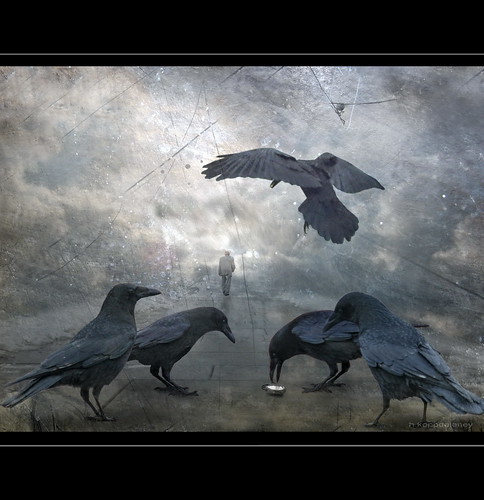
by Daniel Doen Silberberg | Nov 5, 2011 | Uncategorized, Zen

Central to Buddhism and many esoteric traditions is the practice of empowerment. A student or adept must learn to give up their own power, their concepts, ideas and positions in order to be empowered by the lineage. The power of the Dharma is transmitted by the lineage holder – the teacher.
This is a very important practice. When a student instead empowers themselves they are empowering the ego. This empowers greed, anger and ignorance In fact, it embraces and supports a kind of weakness that is harmful to oneself and others. Students, and even teachers who have not been forged by this process manifest this weakness. They diminish the Dharma.
The true empowerment of the lineage is transcendent. It allows individuals to do what they could not do before for themselves and others. Having left home a long time ago, the adept now truly comes home.
Giving up one’s self power to be empowered by the lineage happens at many steps along the way. It is very important. Because this is so important to me as a person entrusted to hold the lineage, when I empower my students it will not be based on what they say. It will be based on what they do which demonstrates what they really value, what effort and sincerity and commitment they bring to the practice: in short who they really are.
 photo credit: h.koppdelaney
photo credit: h.koppdelaney
![Practicing the Edge]()
by Daniel Doen Silberberg | Oct 26, 2011 | Retreat, Zen

Here we are Practicing the Edge at Asilomar, October 2011
Arriving by air and road from as far away as Germany and England and as near as San Francisco, and many places in between, more than 30 Lost Coin clan members and their families gathered for another outstanding retreat/intensive.
Asilomar Conference Center perches on a particularly beautiful section of the Monterey Peninsula. We practiced together there for 5 days of zazen, dharma talks by Doen on how to really throw ourselves wholeheartedly into our lives/our practice, daisan, meetings on Lost Coin future plans, jukai ceremonies and a shukke ceremony.
We gathered both informally and formally in the zendo and the dining room, in nearby cottages and the beach, experiencing together the very edge of the enormous Pacific and our internal edge of practice.
We also learned to sit zazen through joyous and spirited gospel choir practice from the next building!
Hallelujah!
Caryn Shudo Silberberg
@photo credit Guila Greer
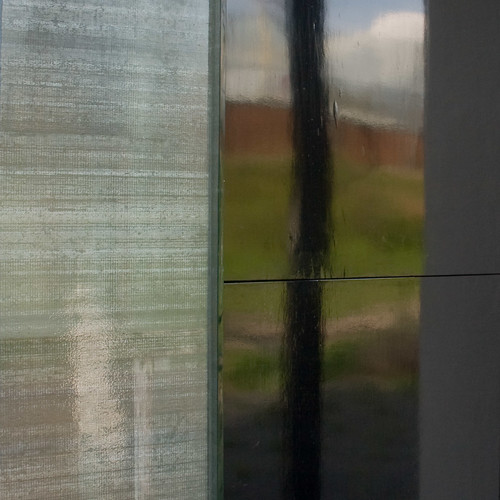
by Daniel Doen Silberberg | Oct 23, 2011 | Uncategorized, Zen

Do not practice thinking that realization must become
the object of one’s knowledge and vision and be grasped conceptually.
Eihei Dogen
Genjokoan
This is the practice that is beyond Buddhism, Dharmas, time and space. It is the roar of truth. Only those with great determination and courage can loosen themselves from the shackles of reason and knowing and gain entrance here.
phot o credit: on1stsite.
o credit: on1stsite.

by Daniel Doen Silberberg | Oct 3, 2011 | Uncategorized, Zen

Reality is more benevolent, interesting and workable than our thoughts about it. It is also unknowable and magical.
 photo credit: visualpanic
photo credit: visualpanic
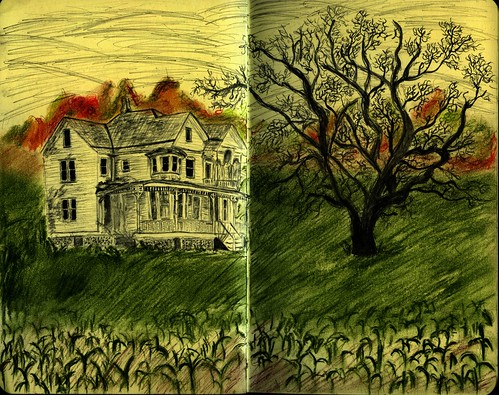
by Daniel Doen Silberberg | Oct 1, 2011 | Uncategorized, Zen

We find ourselves in a difficult situation. We think we are awake, but we are mechanical/asleep. Our behaviors are manipulated easily: to sell us things, convince us of things.
Our three ways of processing – intellectual, emotional and kinesthetic are mechanical. Input x and the output is y.
The code for our mechanical behaviors and perceptions was written a long time ago. This is so both in our personal lives and in the history of humanty. The interaction of the intellectual, emotional and kinesthetic perceptions is also mechanical. When we think we are being logical we have usually been hijacked by our negative emotions or our fantasies. Thoughts proceed by themselves as do emotions.
We don’t make conscious choices.
Yes, we are living our life in a Skinner Box.(Or in the Matrix – if you are more familiar with that.)
What’s a poor boy or girl to do?
There is nothing to do when you are in a box or pod dreaming you are awake – except to wake up. To develop consciousness. So first that needs to be understood.
Only then does the hard work begin – and you need a method.
 photo credit: Lucia..
photo credit: Lucia..
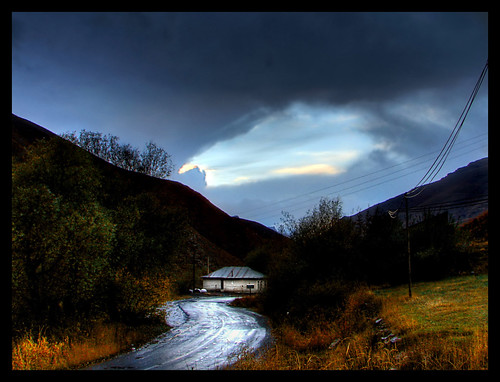
by Daniel Doen Silberberg | Sep 24, 2011 | Uncategorized, Zen

I go,
you stay;
two autumns.
Buson
Each of us is our own world. That world has no edges – it permeates everywhere.
This is enlightenment.
Accepting our aloneness and responsibility takes courage.
Getting stuck there is narcissism.
Not perceiving our all encompassing aloneness is delusion.
What is like when one is neither stuck in separateness nor aloneness?
Autumn evening,
The fog streams.
No one can grasp it.
 photo credit: Hamed Saber
photo credit: Hamed Saber
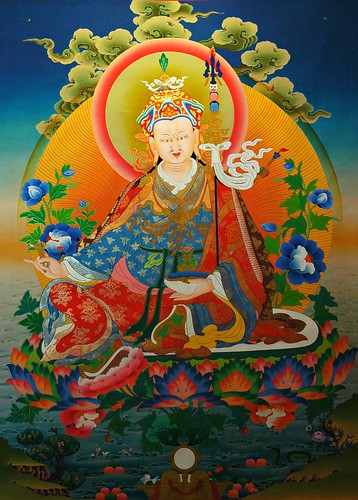
by Daniel Doen Silberberg | Sep 19, 2011 | Uncategorized, Zen

In speaking of religion we hear the phrase “blind faith”. Having your eyes closed, being deluded, is certainly not a desirable thing. But do we see our own “blind faith”? Our faith in the material world, the faith we place in what we are taught about achieving happiness in it: the blind simplicity of things we believe.
The Dharma points to our blindness. It speaks to us and says “in your analysis, in your beliefs, have you included the fact that everything changes, that you will grow old and sick and die. That you will lose all you love and that all your explanations for this truth have no foundation or proof whatsoever.
It is for this reason that we must strive to awaken.
 photo credit: Wonderlane
photo credit: Wonderlane

by Daniel Doen Silberberg | Sep 14, 2011 | Uncategorized, Zen
![Leaving Yerevan... [Explored]](https://farm7.static.flickr.com/6082/6106276491_1a48ee1a7a.jpg)
Until you are willing to be confused about what you already know, what you know will never grow bigger, better, or more useful.
~ Milton Erickson
This is from my point of view so much the heart of the matter and so well put that there is little I can add to it – other than please keep reading this over and over.
 photo credit: 85mm.ch
photo credit: 85mm.ch
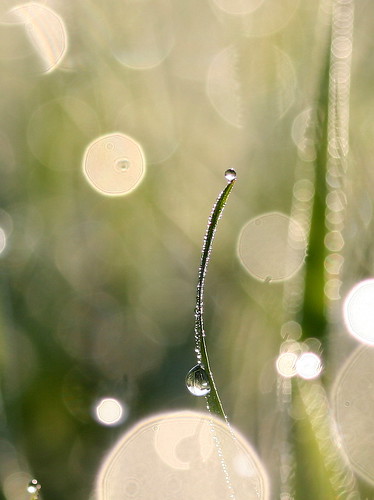
by Daniel Doen Silberberg | Sep 5, 2011 | Uncategorized, Zen

 photo credit: jenny downing
photo credit: jenny downing
If we observe our thoughts we can see that they flow from one to another without stop. I would like to look at an aspect of this that I will call the sphere of implication. The sphere of implication is all the ideas, beliefs and world views attached to experience – its meaning. The meaning of an abstraction or a snowflake or a person.
What happens when we remove the sphere of implication and the associated thoughts? You have the thing itself, the basis of reality. You have no eye, ear nose, tongue, body, mind – the ground of being. You have the thing itself, the snowflake itself.
From this basis, this thoughtless truth, the sphere of implication fills the universe – and is nothing but the flowerings of of the mind. Sphere upon spheres, flowering in the air, flowering through time – endlessly
Wonderful snowflakes, they fall nowhere else but here
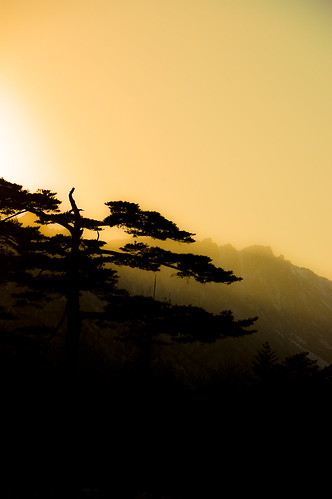
by Daniel Doen Silberberg | Aug 29, 2011 | Uncategorized, Zen

People ask the way to Cold Mountain
but roads don’t reach Cold Mountain
in summer the ice doesn’t melt
and the morning fog is too dense
how did someone like me arrive
our minds are not the same
if they were the same
you would be here
Han Shan 9th Century
Translation by Red Pine
Han Shan, the poets name, means Cold Mountain. Cold Mountain is a place that is both outside and inside. It is the one inside us that Han Shan is speaking of here – and the one we should concern ourselves with.
What does this frozen landscape have to do with our daily life? How can it help us? Why would we want to join Hanshan’s mind in this barren place?
Cold Mountain is not barren at all. It is open and lustrous. It does not harbor concepts, beliefs or illusions.
Find it, practice it and it reveals the truth to you. It gives you the power of the “Way” – which is inexhaustible and can be used for all of your life.
Do that and you will repay Han Shan’s kind instruction.
 photo credit: mendhak
photo credit: mendhak

![]() photo credit: h.koppdelaney
photo credit: h.koppdelaney








Recent Comments